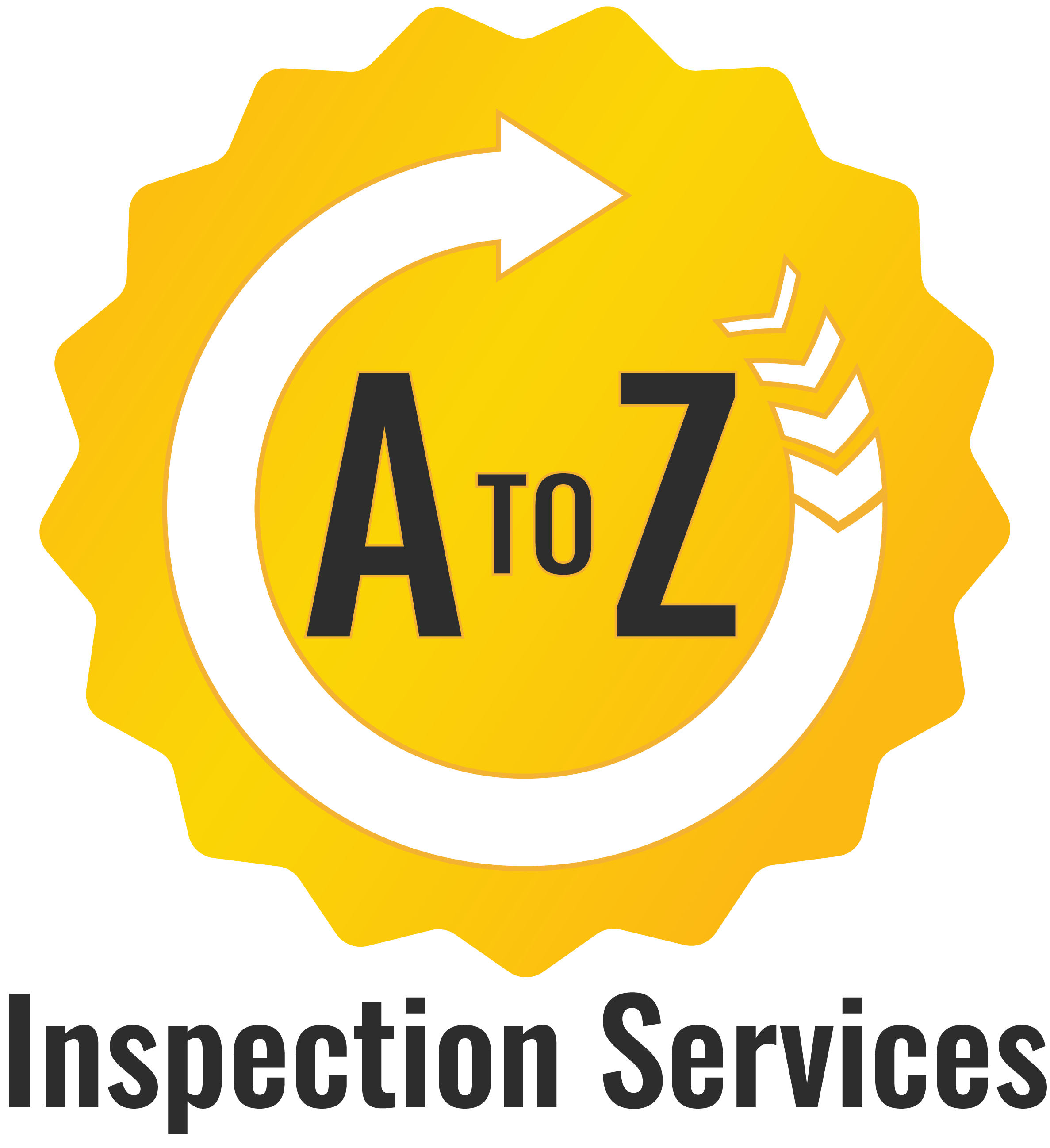radon Testing Services
NATIONAL RADON SAFETY BOARD CERTIFIED
- We offer:
- Continuous Radon Monitors
- E-Perm system (test takes a minimum of 48 hours with immediate results)
Frequently Asked Questions
Radon and its Effects
Radon is a cancer-causing, radioactive gas. Radon comes from the natural (radioactive) breakdown of uranium in soil, rock and water and gets into the air you breathe. You can't see radon. You can't smell it or taste it, but it may be a problem in your home. Testing is the only way to know if you and your family are at risk from radon.
Radon is estimated to cause over 21,000 deaths each year. That's because when you breathe air containing radon, you can get lung cancer. In fact, the Surgeon General has warned that radon is the second leading cause of lung cancer in the United Statestoday. Only smoking causes more lung cancer deaths. Testing is the only way to know if you and your family are at risk from radon.
Radon is present in almost all rock and all soil and water. The amount of radon in the soil depends on soil chemistry, which varies from one house to the next. Radon levels in the soil range from a few hundred to several thousands of pCi/L (pico Curries per Liter). The amount of radon that escapes from the soil to enter the house depends on the weather, soil porosity, soil moisture, and the suction within the house.
Nearly 1 out of every 15 homes in the U.S. is estimated to have elevated radon levels. Radon can get into any type of building - homes, offices, and schools - and result in a high indoor radon level. But you and your family are most likely to get your greatest exposure at home, where you spend most of your time. Testing is the only way to know if you and your family are at risk from radon.
Radon moves up through the ground to the air above and into your home through cracks and other holes in the foundation. Your home traps radon inside, where it can build up. Any home may have a radon problem. This means new and old homes, well-sealed and drafty homes, and homes with or without basements. Testing is the only way to know if you and your family are at risk from radon.
Every home should be tested for radon. Testing is the only way to know if you and your family are at risk from radon. The EPA and the Surgeon General recommend testing all homes below the third floor for radon.
Close your windows and outside doors at least 12 hours before beginning the test and keep them closed as much as possible during the test. Heating and air-conditioning system fans that re-circulate air may be operated. Do not operate fans or other machines which bring in air from outside. Fans that are part of a radon-reduction system or small exhaust fans operating only for short periods of time may run during the test.
The average indoor radon level is estimated to be about 1.3 picoCuries per liter (pCi/L), and about 0.4 pCi/L of radon is normally found in the outside air. The EPA recommends that you fix your home if your radon level is 4 pCi/L or higher. EPA believes that any radon exposure carries some risk - no level of radon is safe. Even radon levels below 4 pCi/L pose some risk, and you can reduce your risk of lung cancer by lowering your radon level. Most homes today can be reduced to 2 pCi/L or below.
If you are planning any major structural renovation, such as converting an unfinished basement area into living space, it is especially important to test the area for radon before you begin the renovation. If your test results indicate a radon problem, radon-resistant techniques can be inexpensively included as part of the renovation. Because major renovations can change the level of radon in any home, always test again after work is completed.
The cost of reducing radon in your home depends on how your home was built and the extent of the radon problem. Most homes can be fixed for about the same cost as other common home repairs. The average house costs about $1,200 for a contractor to fix, although this can range from about $800 to about $2,500. The cost is much less if a passive system was installed during construction.


